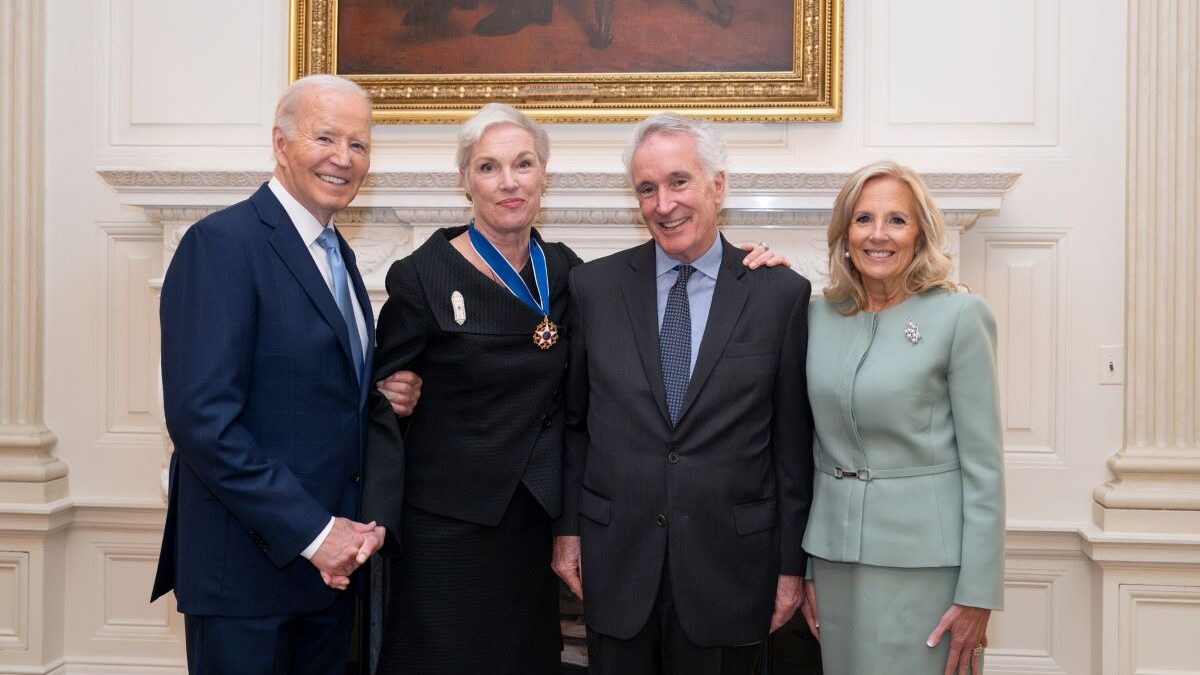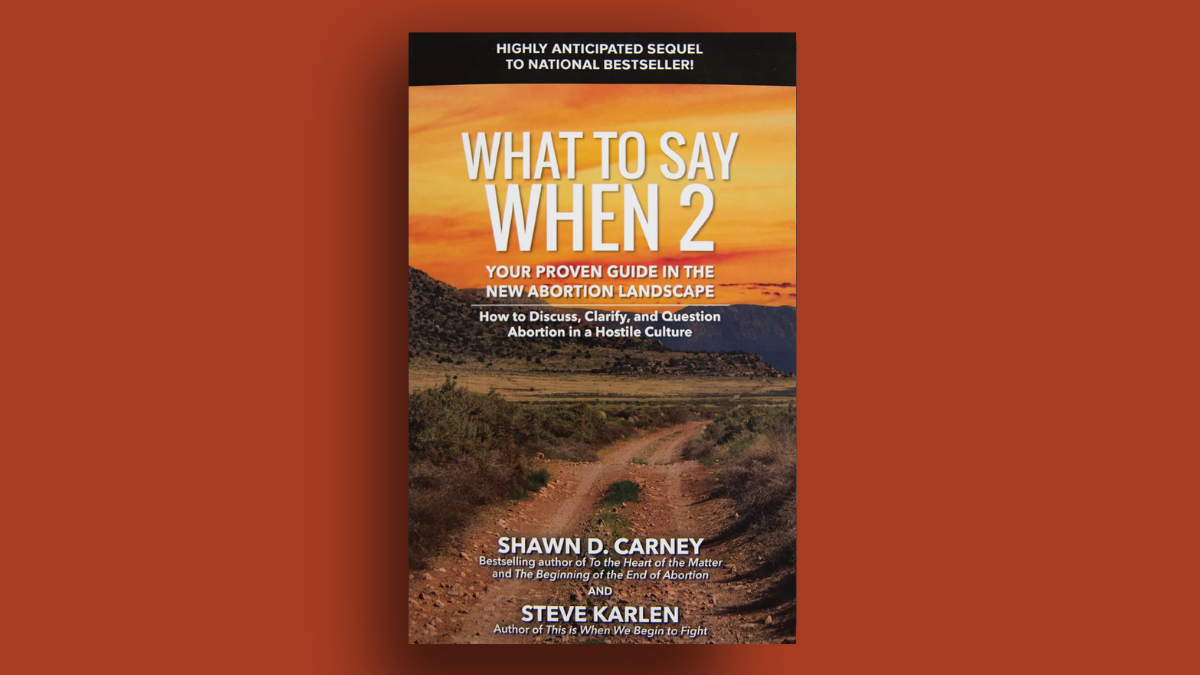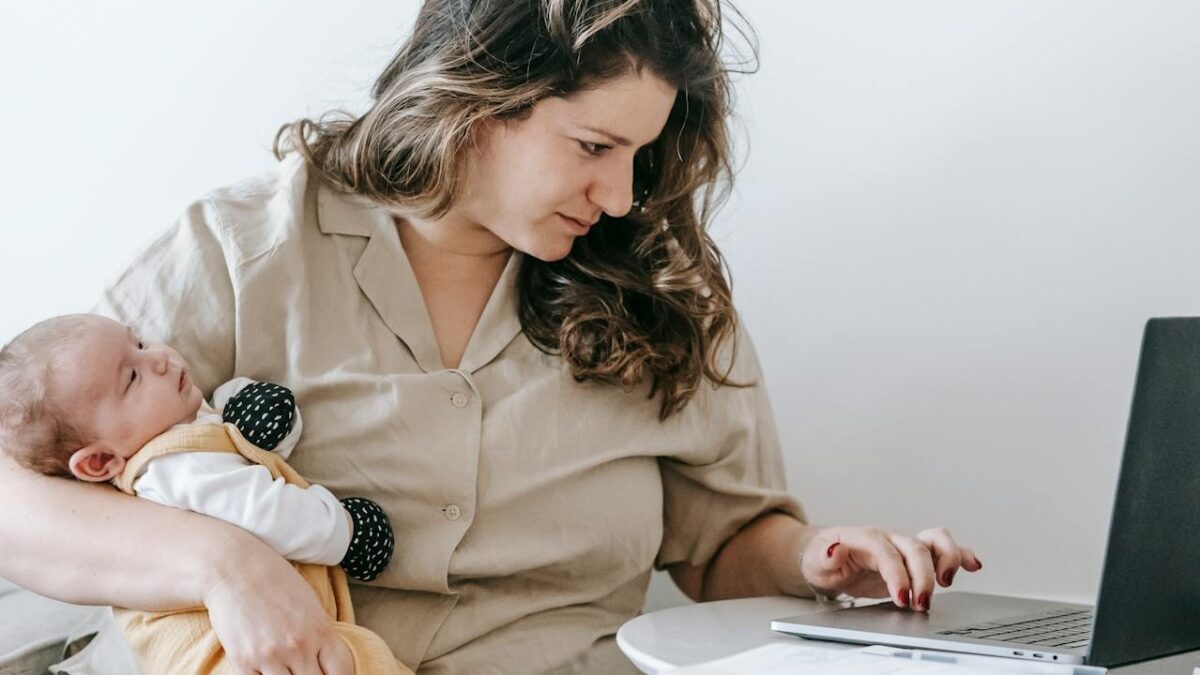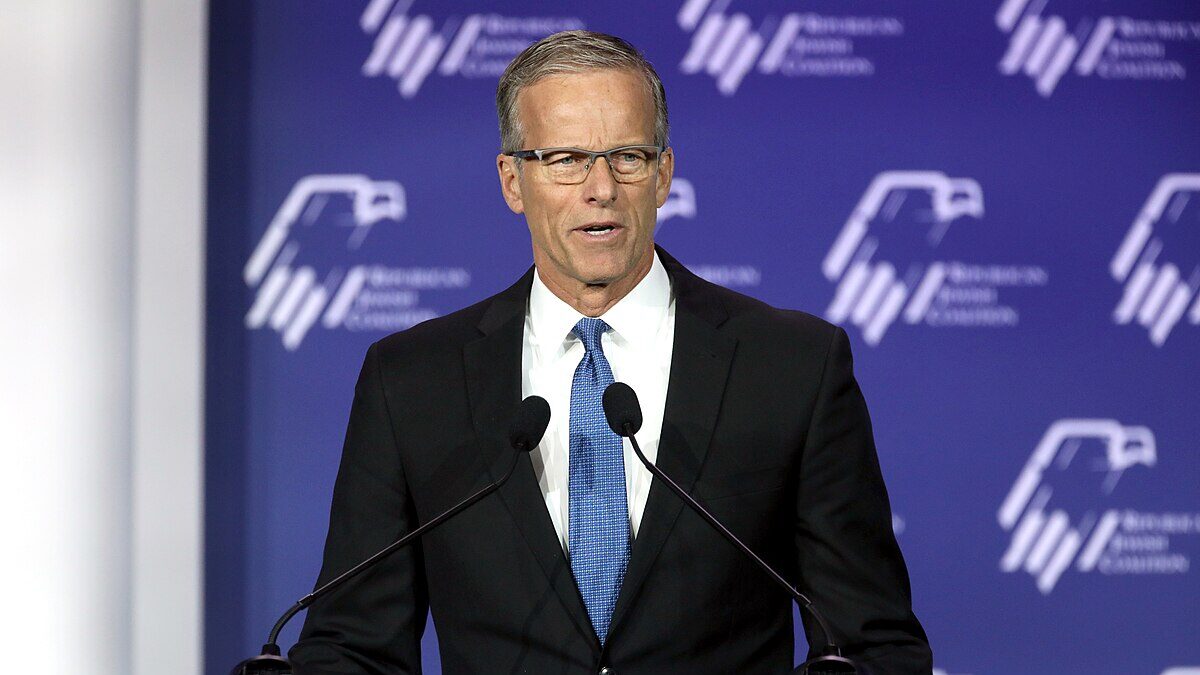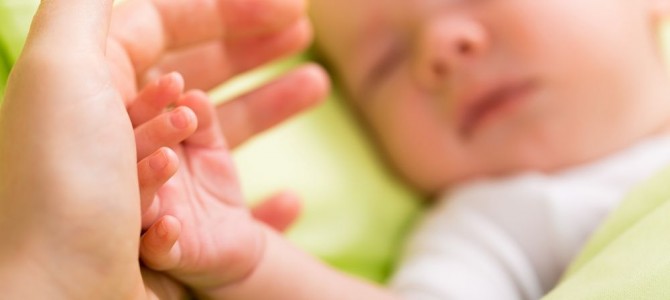
One night as I was droning through Facebook, I noticed a plea for prayer from pro-life leader Abby Johnson: “A woman in her third trimester is scheduled to abort her twins this week. She has an adoption plan, but because of deceit and manipulation, she believes abortion is now her best option.”
The next day Abby updated supporters: “UPDATE: The mother scheduled to abort her twins in the 3rd trimester has NOT shown up for her appointment that was scheduled for this morning…Please keep praying. She has not yet made a firm decision for life.”
As I read these posts I felt desperate for the babies. I thought about how pro-lifers did everything right to avoid the need for an abortion. A family made a commitment to life inside and outside of the womb as they opened their home to two children. If the nearly full-term babies have been assured a place in a family, why would a woman still consider an abortion?
Others echoed my frustration as the comment section filled quickly with people praying for the babies, praying that the woman would choose life, praying for the adoptive parents, and even praying for the adoption stories of other families. Other commenters were confused. They couldn’t figure out why she couldn’t just have a C-section and give the children to the adoptive mother waiting for her babies. The babies had to come out, so why not take them out alive?
This story felt extra hopeless because both sides of the abortion debate often champion adoption. Even while celebrating Roe v. Wade, President Obama affirmed adoption as an alternative to abortion as he called Americans to “stay united in our determination to prevent unintended pregnancies, support pregnant women and mothers, reduce the need for abortion, encourage healthy relationships, and promote adoption.” So why would a nearly full-term mother with an adoption plan still consider an abortion?
Adoption or Abortion: A Distinction Without A Difference?
Perhaps from her perspective, abortion isn’t that different from adoption. Yes, one decision would lead to life and the other to death, but in either case, the woman would lose her babies. For one mother to adopt a baby, another mother must relinquish her parental rights. While one mother celebrates unity with her child, the other mother suffers separation. While many prayed she would be willing to save her children’s lives, many overlooked the suffering she would endure as a mother facing child loss.
Our current dialogue is inadequate, as so much of the adoption versus abortion debate focuses on the baby and the best way for the birth mother to get rid of it. While there are many ways to separate mother from child, you can never separate a mother from her motherhood, despite a general assumption to the contrary.
For her doctor at the abortion clinic and other pro-choice advocates, the woman’s reality as a mother is not a concern. Behind the many misguided justifications of abortion is a dangerous lie: a pregnant woman only becomes a mother when she chooses to be a mother. Prior to this choice, she has the freedom to reject not only the life of her own child, but her own motherhood.
This lie is driven by a focus on the woman and her equal right to walk away from sexual activity. According to Obama, “We must also continue our efforts to ensure that our daughters have the same rights, freedoms, and opportunities as our sons to fulfill their dreams.” The burden of pregnancy and parenthood can inhibit freedom, but making abortions available can free a woman from her motherhood.
In adoption, however, pro-lifers make a similar, though less deadly, assumption. We do not say that a woman who gives up her baby for adoption was never a mother. But we at times neglect to speak of her as a mother, as though, in the act of adoption, she can and does give up her motherhood. To respond to pro-choice advocates such as the president, pro-lifers must proclaim that not only that life but also motherhood begins at conception, and that any mother without her baby is a tragedy.
Motherhood Without A Child
To fully affirm motherhood, we must recognize that not every mother is easy to identify. Some mothers don’t have a minivan full of sticky hands and Cheerios. Instead, these women are alone and silent. Whether the woman suffered a pregnancy or child loss, elected for an abortion, or decided to offer her baby up for an adoption; whether the pregnancy was planned or unplanned, wanted or unwanted: this woman became a mother when life started inside of her.
Unfortunately for these mothers, society continues to perpetuate the narrative that you are not a mother until you choose to have babies in your arms. But for these women who have held life in their wombs yet have empty arms, their motherhood is real.
While it might seem this lie started with modern abortion rhetoric, women have been encouraged to escape their motherhood for more than 70 years. In her work “The Girls Who Went Away,” Ann Fessler presents stories of women who surrendered their children for adoption during the decades between World War II and Roe v. Wade, a time known as “The Baby Scoop Era.”
While every story is unique, the general outline is the same: young women faced with unwanted pregnancies forced to go off to maternity homes alone, deliver their child, and then coerced into surrendering their child for adoption, all guided by the lie that they could return to their lives and pre-mother identity. But each story speaks of the haunting reality that their babies changed these mothers.
Abortion Is the New ‘Baby Scoop’
Some respond to the tragedies of this era by arguing we need to discourage the adoption narrative as a lingering relic of that oppression. In her article “Shotgun Adoption,” Kathryn Joyce argues that nothing has changed as she condemns modern crises pregnancy centers for using the same “deceptive tactics” to “hinder abortion access,” pointing Fessler’s work as the beginning of this coercive narrative.
Joyce’s objections, however, misunderstand the continuity between “The Baby Scoop Era” and today, since the deceptive tactics used then now linger in pro-abortion rhetoric. According to The Baby Scoop Era Research Initiative, it was the influx of professional social workers and sociologists into Christian maternity homes that ushered in this period. They promoted adoption as “the best solution to the challenges presented by single motherhood.”
In Fessler’s book one woman explains, “Those social workers kept telling me I wasn’t good enough to parent my son.” Another was told, “Your baby could have a better life. How would you dare to cheat your baby out of this good life.” No longer grounded in Christian charity, professionals were concerned with social progress. Progress demanded that they could (and should) make the choice to no longer be mothers.
Although Joyce points to abortion as what freed women from this era, women have not been freed. Instead of forcing adoption on single but otherwise fit women, professionals and experts now offer abortion as a way to escape motherhood. Abortion didn’t fix the problem, it only allowed for it to continue and foster our own “Scoop Era” that takes the lives of nearly three-quarters of a million U.S. children per year. Women choose abortions because abortion advocates tell women the same lie today: Women can (and should) give up their motherhood.
The Response: Adoption as Paradox
The reality of motherhood requires the pro-life movement to recognize a tension: adoption is life-affirming and good, but adoption is also tragic. Unfortunately, some circumstances require separating a mother and child, and pro-lifers must offer life-giving opportunities in this case without overlooking the motherhood of the woman.
The modern adoption process recognizes this tension—the role of the mother in the process has increased. Today mothers can choose the adoptive family for their babies based on profiles and enter into an open adoption, reducing the separation. The mother is also provided with counseling services and care throughout her pregnancy and after giving birth.
Perhaps those who acknowledge this best are the adoptive families who live in this tension of dual motherhood. In a beautiful blog post about the birth mothers of her two children, Shayann Barger—who has two children from two different mothers, one with a closed adoption and one with an open adoption—demonstrates the bond between adoptive and birth mothers.
This connection is not only based on shared experiences, but a recognition that they “are BOTH mothers.” She emphasizes: “Please note, I said mothers. Plural. Mothers. We do not co-parent, but we both completely love our little girl as mothers.” Barger describes the love she has for these women: “there is no word yet created, in any language, that describes the intimate bond that is created when one woman places a piece of herself into another woman’s arms to raise.” Barger not only affirms life, but affirms motherhood.
Speaking Love in The Darkness
While those who are immediately connected to adoption address the motherhood of the birth mother, our public language is still haunted with the lies about pregnancy and motherhood. Barger’s piece on her feelings for her children’s birth mothers comes as a defense of comments she hears as an adoptive mother.
She writes to respond to people who make comments “wondering how somebody could ever ‘give her baby away’ or inquire if my daughter’s birth mother was on drugs, or homeless, or even make that statement implying that my child’s birth mother didn’t love him/her, criticize her decision, judge her healing or coping.” If an adoptive mother is harmed by our lazy dialogue, imagine its effect on the birth mother.
To adequately address this, the pro-life movement must affirm not only the life of the baby, but the motherhood of the woman. Billboards, picket signs, and Facebook memes all rightly proclaim the life of the unborn baby, but we must add to this proclaiming the motherhood of the woman.
This won’t magically fix the problem, but it will further the cause of life. This is not simply rhetoric; this is the truth. This truth not only discourages abortion, but encourages love and sympathy as we care for the women in crisis pregnancies.
As I dwelt on the woman in Abby’s story, I realized my own inadequate compassion, insufficient prayers, and failure in my conversations. I had failed to see the difficulty of a choice between two options that leave a mother childless.
With the prayer of many and the support of the adoptive mother, this woman did make decision for life—but not without a struggle. While we don’t know what caused this woman to reconsider an abortion, we have to acknowledge the tragedy of separating mother and child. The better we publically understand her pain as a bereaved mother, the more room she has to grieve the loss of her children. Perhaps, as we give her this space, the more we might empower her to make a choice for life.



